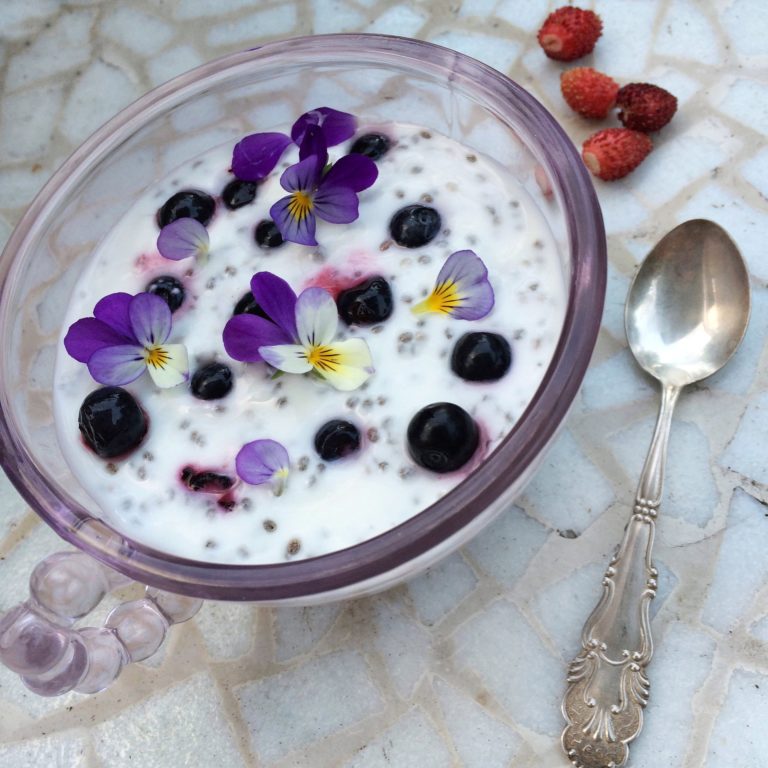
You probably have seen how professional chefs plate their dishes; after all, it can’t be unseen. The dishes are so full of colors and life. The first rule that chefs go by (except of course the taste) is to feed the eye. By presenting the plate with lively colors no one will be able to resist them. But they are not only ones who can use them in their dishes, but you can also do it too. Once you read this article and learn about the most common edible flowers you will be astounded by the fact that you already have some in your garden.
Flowers have been used in many cultures in the past, and for so many good reasons. Flowers, give a dish additional flavors and also health benefits that you can’t get from other ingredients.
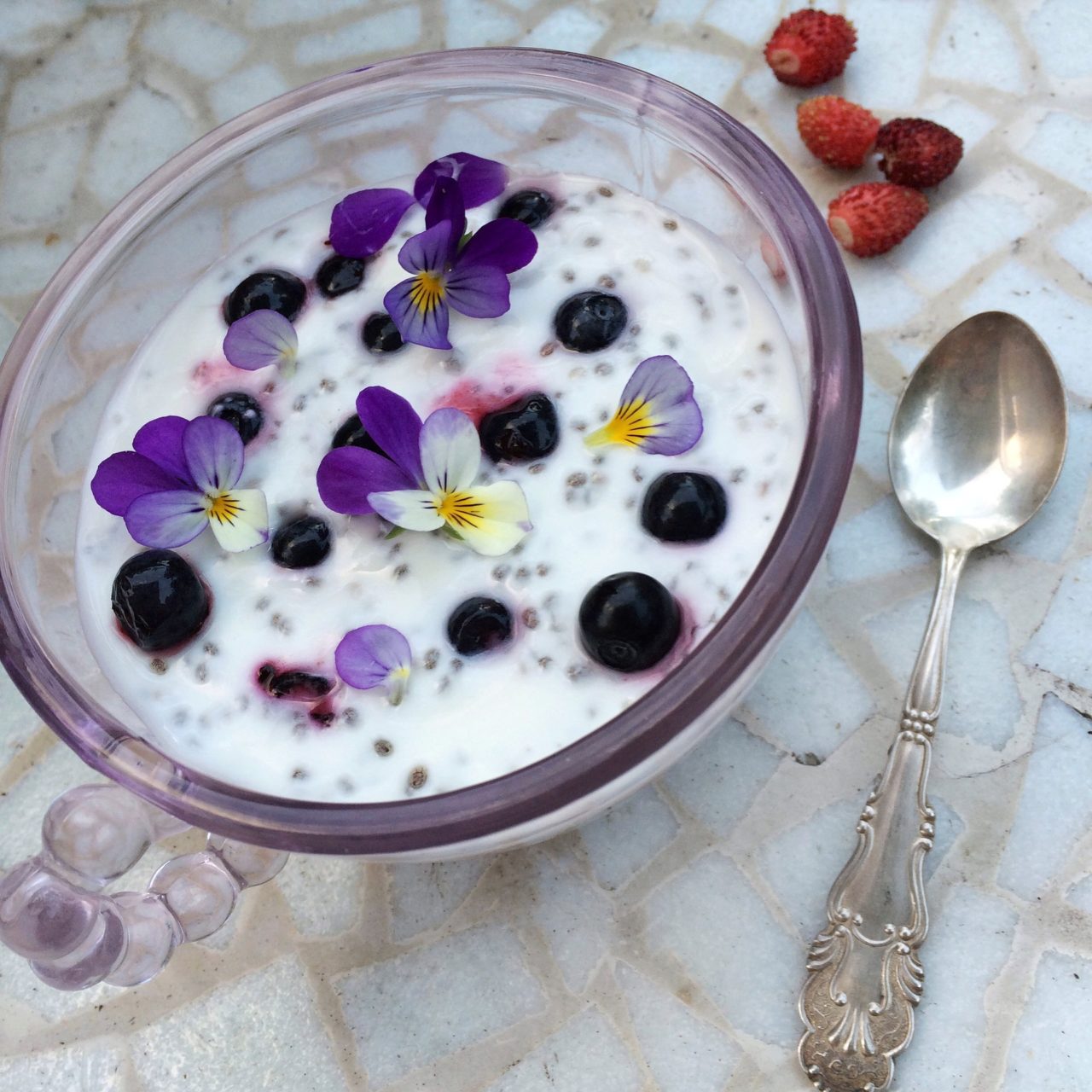
Preparing Edible Flower
To get the most benefits from an edible flower you must use it right after picking. When they are fresh they taste amazing. However, make sure to pick them in the morning. If you don’t have them in your garden and you have to pick them somewhere else, or buy them don’t worry. You can store them in a container in the refrigerator. But use them in a few days.
Always wash them. Dip one flower by on in water and then dry them by shaking gently. This process will also remove any bees or bugs.
The best edible part of the flower is the petals. Remove the base and the heel and also the calyx, pistil, and stamens. Some flowers like pansies can be consumed whole.
Important Points You Must Know
- If you doubt if a flower can’t be eaten don’t go for it. Also, very important, don’t eat flowers if you suffer from pollen allergies.
- Don’t use pesticides if you have edible flowers in your garden. If you do have a problem with pests, cut and discard the flowers and replant new ones.
- Don’t pick discolored, old, dusty and faded flowers. Also, don’t pick from areas where there are animals or near roads.
10 Most Common Flowers You Can Eat
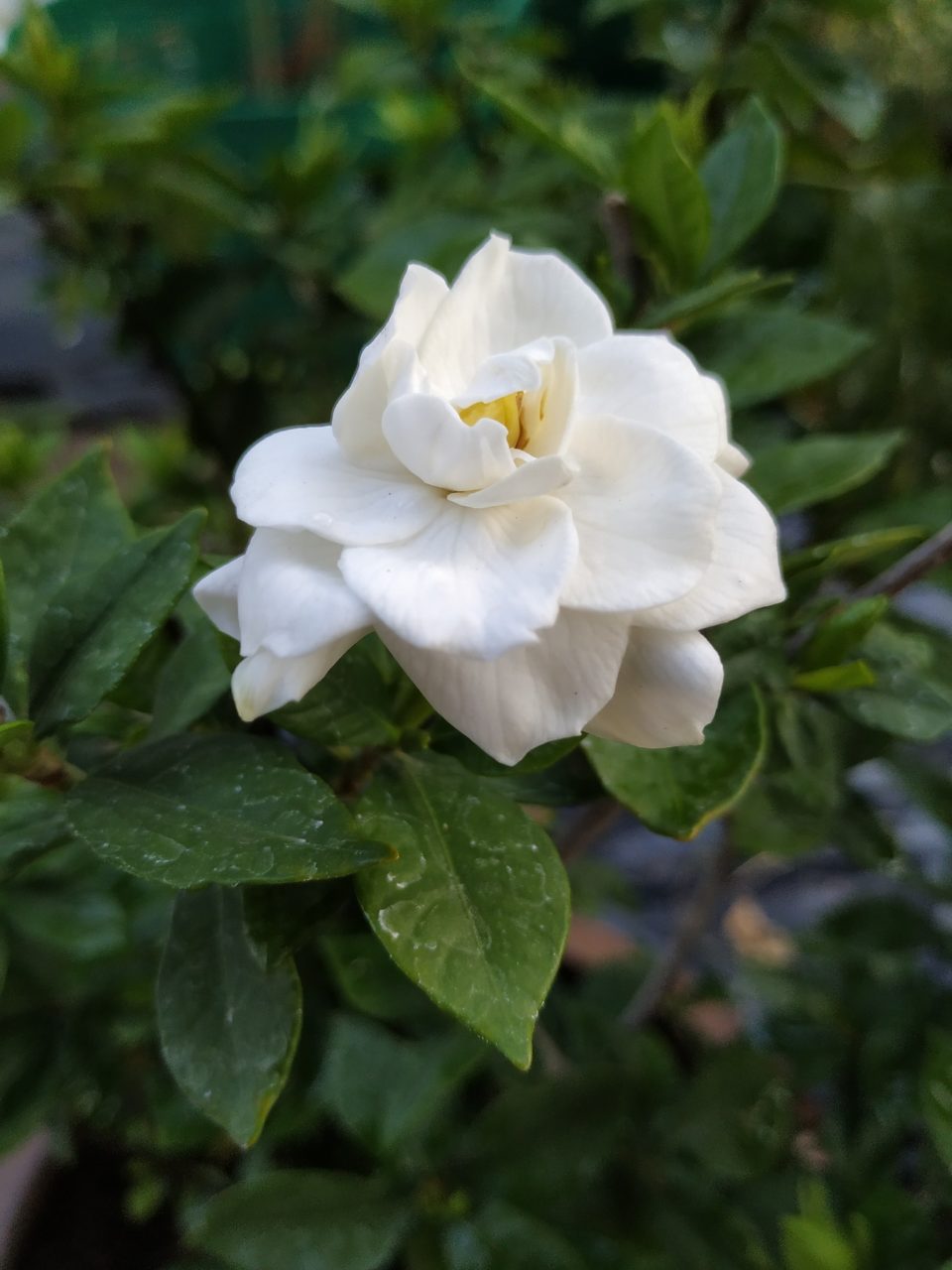
1. Cape Jasmine – Fragrant flower that is ideal for baking, preserving and pickling.
2. Scented Geraniums – Citrusy flavor with an interesting hint of nutmeg.
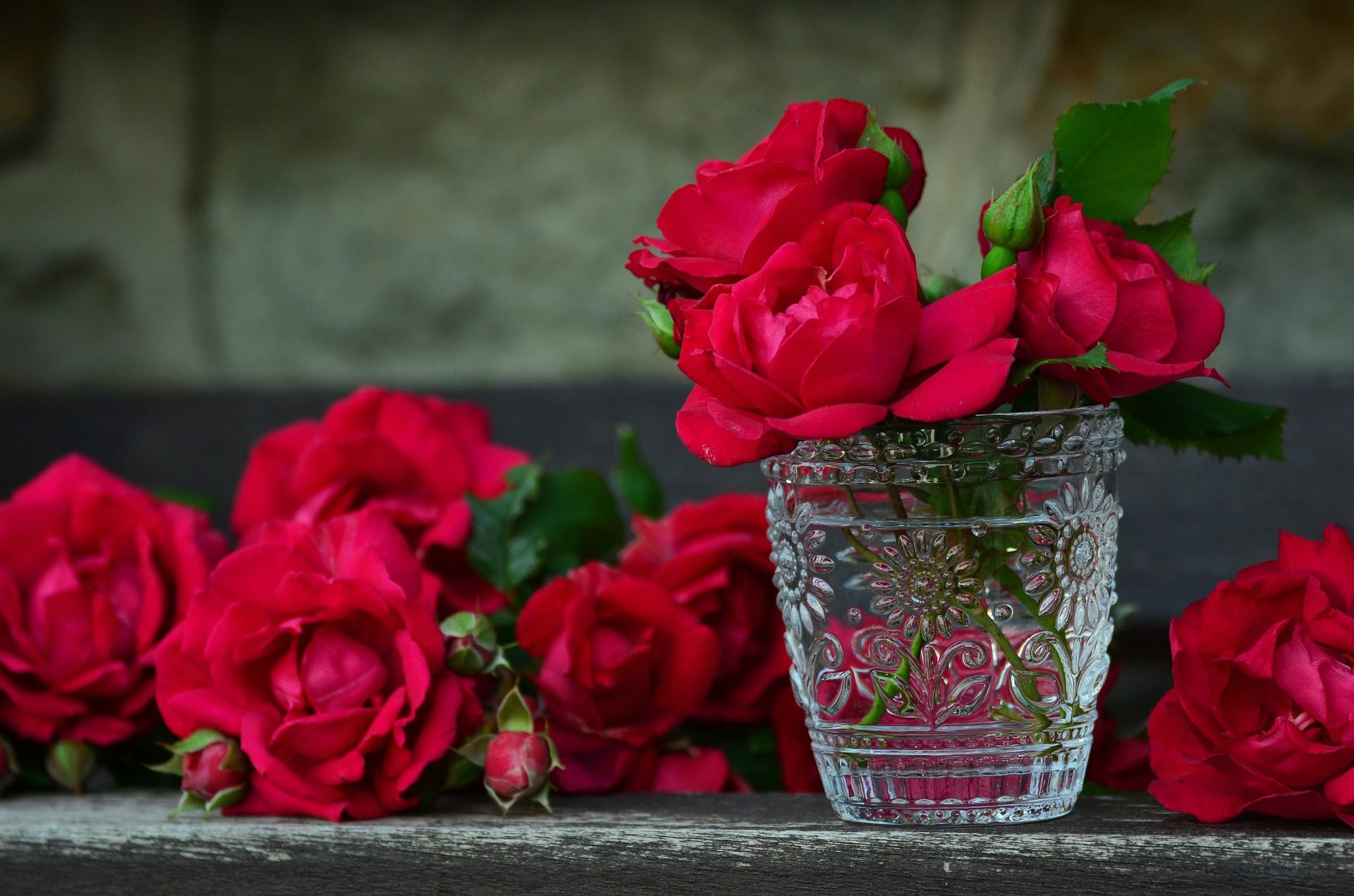
3. Rose – The perfect flower for jellies, jams, fruit dishes and drinks. This is because of the delicate fragrance.
4. Pansy – Fresh tasting and mild flavor, which makes them great for garnish and green salads
5. Nasturtium – It has a flavor like watercress (peppery) and it is great for salads.
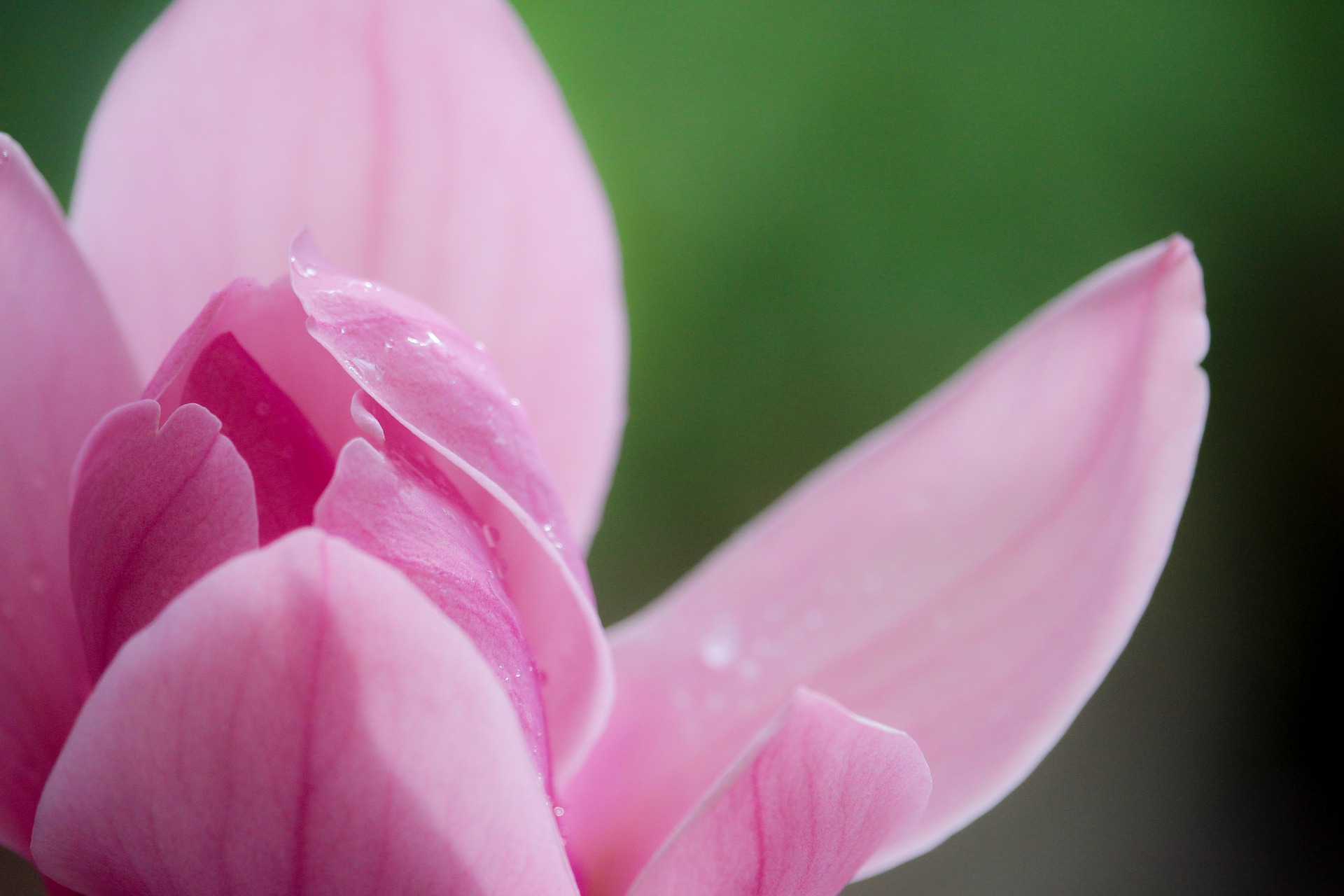
6. Magnolia – They should be picked when young and used for salads.
7. Honeysuckle – Use the petals to make a wonderful tea, pudding or syrup or enjoy the flower’s fresh nectar.
8. Hibiscus – Best for fruit salads or tea. It provides a citrus flavor.
9. Dahlia – The flavors of this flower range from carrot, spicy apple to a water chestnut.
10. Cornflower – Clove like, spicy to sweet flavor.
Poisonous Flower
Not all flowers can be eaten and without a doubt, you should never eat poisonous ones. Here is a simple list to know which flowers you should never eat or even use just to plate your dishes.
1. Lily – of – the – Balley – Even though it is a pretty flower it contains convallatoxin
2. Hydrangea – Even in very small amount this flower is highly dangerous
3. Larkspur – The toxic alkaloids can be life-threatening
4. Rhododendron – The toxins can affect the blood pressure and the heart rhythm
5. Bluebell – The whole flower has toxic glycosides
6. Clematis – Whether it comes to skin or mouth contact it can cause serious irritation
7. Oleander – One of the most toxic plants that it can be found in home gardens
8. Foxglove – Natural toxins that can affect your heart.
9. Poppy – All poppies are highly poisonous
10. Daffodil – The toxin that is part of this flower is lycorine and can cause distress.
Now that you know which flowers are edible do you have one or more in your garden? If so, it is time to start using flowers for your dishes now. Think about how your guests will be surprised with the plated dish you have served in front of them. However, always remember to clean them well before eating, because you never know what can get stuck inside them.